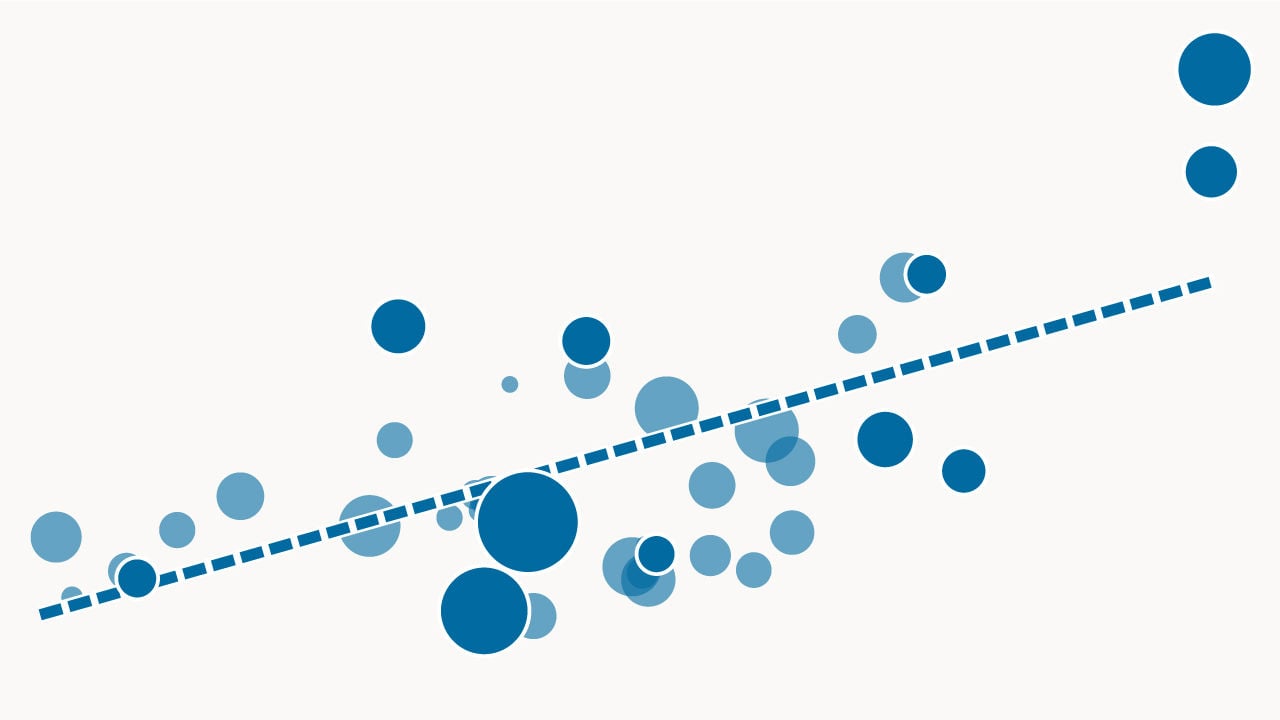- Joined
- Apr 3, 2007
- Messages
- 1,701
- Reaction score
- 721

New COVID-19 forecasts: US hospitals could be overwhelmed in the second week of April by demand for ICU beds, and US deaths could total 81,000 by July | Institute for Health Metrics and Evaluation
In a forecast based on new data analyses, researchers find demand for ventilators and beds in US hospital intensive care units (ICUs) will far exceed capacity for COVID-19 patients as early as the second week of April.


